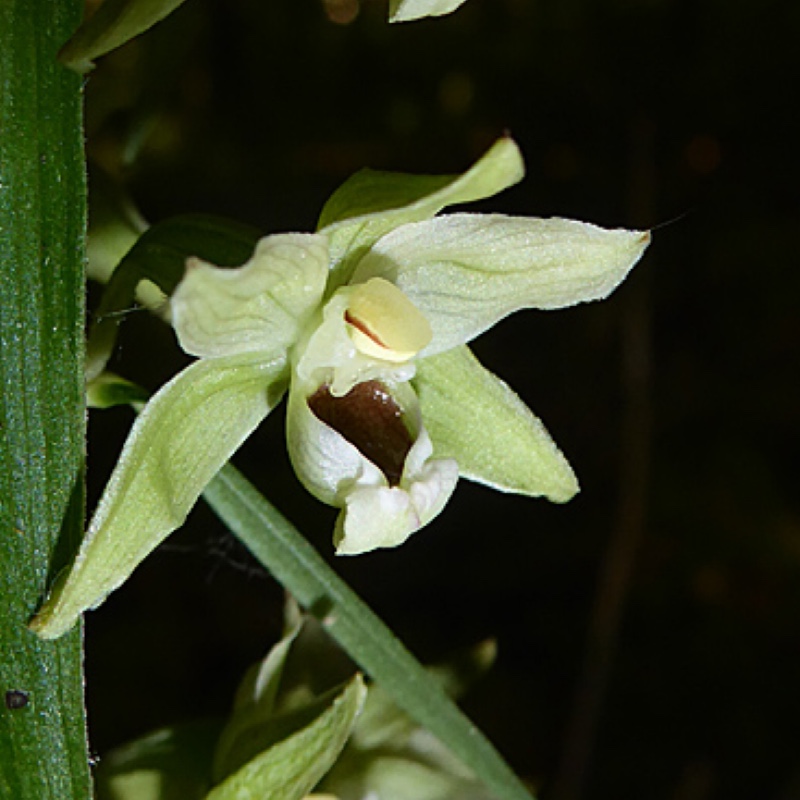
Epipactis helleborine
Broad-leaved Helleborine
Epipactis helleborine is a terrestrial orchid which sports nodding flowers from greenish pink to purple. In its natural habitat, it prefers shaded woodland environments. It can be found growing wild in the UK but is not common. It is a medium tall plant and the flower stems can produce up to 50 blooms.
Contributed by @tiggrx
-
Partial shade to deep shade
-
Very little water
-
Frost Hardy: 23F (-5°C)
-
Moist and free draining
Common name
Broad-leaved Helleborine
Latin name
Epipactis helleborine
type
Herbaceous Perennials
family
Orchidaceae
ph
5.0 - 7.5 Acid - Neutral
Plant & bloom calendar
-
Best time to plant
full grown dimensions
 0.15 M
0.70 M
0.15 M
0.70 M
Epipactis helleborine
Epipactis helleborine is a terrestrial orchid which sports nodding flowers from greenish pink to purple. In its natural habitat, it prefers shaded woodland environments. It can be found growing wild in the UK but is not common. It is a medium tall plant and the flower stems can produce up to 50 blooms.
Planting
From Early Spring TO Early Spring
Plant Epipactis helleborine in soil resembling its natural habitat if you want it to survive. In the garden, it should be planted in a shady area rich in composted organic material, leaf mould or bark. It needs to be fairly moist but not waterlogged. If planting in pots, use a mixture of peat and soil and keep in a bright, cool location out of direct sunlight.








